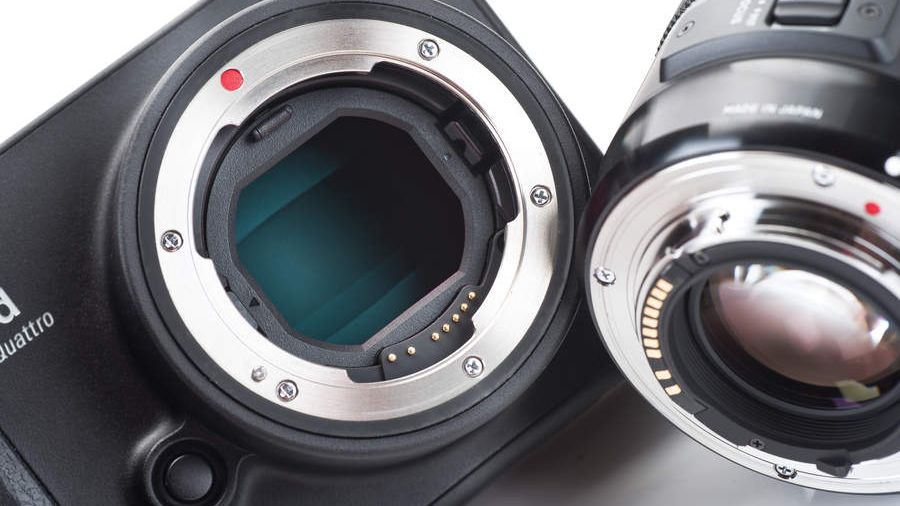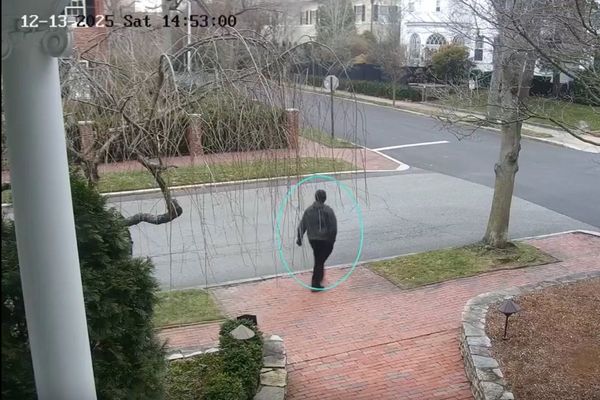
Sigma has been churning out a number of iconic, unusual lens designs from a 300-600mm f/4 to a 135mm f/1.4 to a 17-40mm f/1.8 zoom. But behind the scenes, Sigma’s engineers are working on another unusual project – a sensor with separate color layers called a Foveon.
When Sigma first entered the digital camera market in 2002, it did so with an unusual sensor called the Foveon, a three-layer sensor that separated each color into its own layer. This design is said to retain better color accuracy and improve dynamic range over traditional CMOS sensors with a Bayer color array.
Sigma acquired the California-based Foveon in 2008, then announced the development of a full-frame Foveon sensor a decade later.
But despite the company sharing its plans for a full-frame Foveon back in 2018, such a sensor hasn’t materialized. The company’s latest camera, the Sigma Bf, uses a BSI CMOS sensor. A recent interview with Sigma CEO Kazuto Yamaki by photographer and YouTuber Matt Granger is shedding light on why, after seven years, no full-frame Foveon has materialized.
“The project has been a bit delayed as previously scheduled because every time we learn the wafer and get the prototype sensor, we found some technical issues because we have never designed a sensor before by ourselves,” Yamaki said.
The CEO’s discussion reveals some interesting insight because, when Sigma acquired Foveon, it remained a separate subsidiary. Sigma closed Foveon’s separate Santa Clara offices in 2020, however, and moved the research and development to its headquarters in Japan, starting from scratch on the sensor development.
Yamaki told Granger that Sigma had the Foveon team working on the sensor, but now Sigma’s engineering team in Japan is working on the sensor development. That could be a key part of the delay in getting the previously promised sensor to market, because while Sigma has used Foveon sensors before, Sigma engineers have never designed one by themselves.
Yamaki says that Sigma is still working in the technology development stage, working on the pixel architecture, and has not yet moved on to designing the actual sensor itself.
While the promise of a full-frame Foveon has been delayed by several years, the interview indicates, first, that development is still continuing, and, second, that as technical hurdles are solved, the technology inches closer to potentially being part of Sigma’s cameras once again.
“I think the technical problems have been narrowing down, and if we become confident that the technology is ready for production, we will start the design of the sensor and then start the production,” Yamaki said.
You may also like
Browse the best L-Mount lenses or read about the Sigma Bf.







